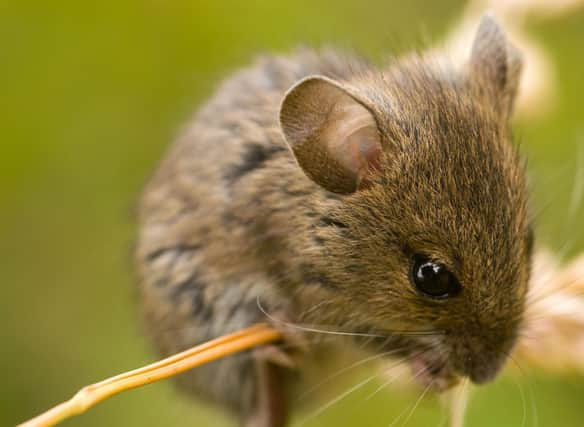Living in space: First embryos from a mammal grown on International Space Station


Humans are one step closer to living in space after mouse embryos have made it to an early stage of development on board the International Space Station (ISS). In an experiment, the first of its kind, more than 700 embryos were extracted from pregnant mice in August 2021 and taken up to the ISS on a SpaceX rocket - with the results suggesting it might be safe for humans to become pregnant in space.
Scientists from the University of Yamanashi and the Riken Research Institute in Japan designed a device that allowed astronauts to handle and thaw the embryos over four days, which were then sent back to Earth for testing after the experiment was conducted in 2021. Of the several dozen embryos that made it back to Earth, nearly a quarter formed healthy clusters of cells known as blastocysts, suggesting the radiation and weightlessness of space might not pose immediate obstacles to mammalian reproduction, researchers reported in iScience and in a statement how the study "shows mammals may be able to thrive in space".
Advertisement
Hide AdAdvertisement
Hide AdEven though the study looks at only one part of the complicated process of reproduction and development, the result provides a starting point for biologists, says Christiane Hahn, a space biologist at the European Space Research and Technology Centre in Noordwijk, Netherlands, who wasn’t involved in the research. Mouse embryos are the first mammal embryos that researchers have grown in space, an important step in understanding how space affects human reproduction. Other experiments have involved animals such as salamanders, rice fish and quail.
Previous research showed space to be harmful to the early stages of reproduction of mice. When in space, the animals have been too stressed to mate, and studies of the rodents’ eggs showed that they accumulated several mutations due to the heavy radiation.
The scientists launched two-cell embryos to the ISS to attempt to overcome this issue. After the experiment ended, the cells were then sent back to Earth for analysis and out of 360 samples, 72 survived the trip, and 17 of those developed into normal blastocysts. The undamaged cells successfully multiplied and took on new identities as either precursors of fetal tissue or the placenta.
Blastocysts cannot survive for long outside of uteruses, so the experiment was designed to last only a few days making it unclear how the cells would fare as development unfolds. In the new study, three-quarters of the fetal precursors appeared to settle in the right location. However more research is needed to fully understand the effect of microgravity on the developing cells.
Comment Guidelines
National World encourages reader discussion on our stories. User feedback, insights and back-and-forth exchanges add a rich layer of context to reporting. Please review our Community Guidelines before commenting.
